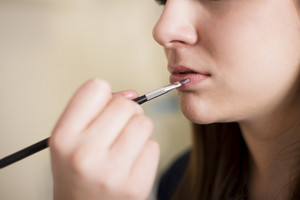Acne is a very common skin problem, which is characterized by the formation of small pustules on the face, chest, neck, back and other parts of the body. The causes of acne are not yet fully understood, but the most popular theory is that the condition is caused by the overproduction of sebum (oil) by the sebaceous glands, which is then trapped beneath the skin’s surface and becomes infected by bacteria. This bacteria forms small pustules, which are usually accompanied by redness, swelling and pain.

The first sign of acne is usually a small bump, which may be slightly painful, or a pimple, which is more painful. In some cases, the pimple will rupture and leave a scar behind. There are many different types of acne, including cystic acne, comedonal acne, inflammatory acne, nodular acne, and pustular acne. Cystic acne occurs when there is a buildup of fluid under the skin, which causes the pustule to burst and release its contents into the surrounding tissue. Comedonal acne appears as a single pustule, while nodular acne consists of several pustules clustered together. Pustular acne appears as a large, pus-filled bump, which can cause serious infection. Inflammatory acne occurs when the inflammation of the skin causes the pustule to become swollen and tender.
While acne can occur at any age, it is most common in teenagers. Teenagers often experience outbreaks of acne at puberty, which is when the body’s hormones begin to change. Acne may also be caused by stress, poor diet, too much sun exposure, and even emotional factors such as low self-esteem. For some people, acne can last for years without causing any problems. However, if left untreated, it can lead to scarring, permanent pitting, and permanent loss of healthy skin. If you have acne, you should see your doctor immediately.
